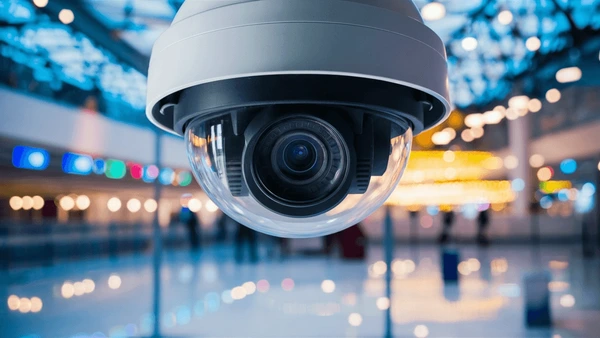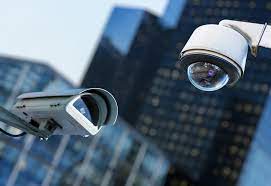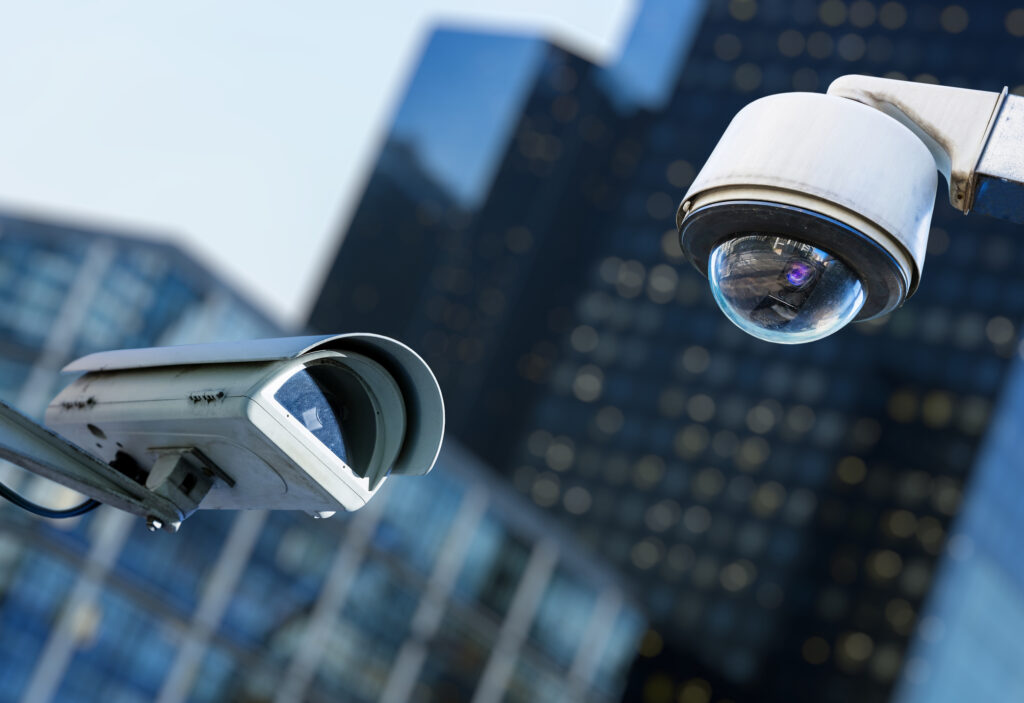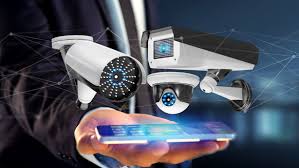Table of Contents

“Closed‑circuit television” (CCTV) refers to video surveillance systems where camera signals are sent to a specific set of monitors and devices—not publicly broadcast
A typical CCTV setup involves:
- Cameras (analog or digital/IP) capturing footage.
- Recorders such as DVRs or NVRs storing video, often with motion‑triggered alerts.
- Monitors or software where authorized users can watch live or recorded footage
Older systems relied on VCRs and analog visuals. Today’s networks use high‑resolution digital cameras and cloud or edge‑based storage
Evolution of CCTV: From Sputnik to AI Surveillance
Early Beginnings
- WWII-era systems monitored rocket launches—live only, no recording
- 1970s introduced VCRs, enabling stored footage for later review
Digital & Network Transformation
- 1990s: transition to digital recorders and multiplexing
- 2000s: IP cameras became mainstream—allowing remote monitoring using network protocols and ONVIF standard compatibility
Smart & AI-Driven Surveillance
- AI analytics: recognize faces, detect license plates, identify loitering, crowd behavior or abandoned objects
- Cloud storage: scalable, remote, and often encrypted, replacing bulky local servers
- Edge computing: cameras process data onboard for faster response and lower bandwidth usage
What You Can Use CCTV For: Applications & Examples

CCTV is widely used across industries:
- Crime prevention & evidence: acts as a deterrent and helps law enforcement investigate incidents
- Business monitoring: from retail theft to workforce oversight
- Smart city & traffic control: used by municipalities to monitor traffic flow and public spaces
- Healthcare & patient care: enables remote and continuous monitoring in critical or vulnerable settings
- Behavioral and academic research: use of footage to study crowd patterns or prevent incidents like suicides at train stations
Cutting‑Edge Features & Emerging Trends
Here’s a look at what’s transforming CCTV today—and what we can expect next:
🎯 High‑Resolution Imaging & Infrared Vision
Ultra-HD cameras (4K, even 8K) capture crisp detail, making facial recognition and object analysis more reliable. Many also include color night vision and thermal imaging for low‑light applications
🚦 AI & Video Analytics
Modern systems flag unusual behavior: motion detection, access rule violations, and real-time alerts for issues like crowd surge or suspicious packages
📡 Connectivity: 5G & IoT Integration
5G-enable cameras support real-time video transmission without lag, especially in remote locations. IoT integration allows communication with other sensors or smart devices for a holistic surveillance ecosystem.
🔐 Encrypted Data & Enhanced Security
Encryption ensures safe transmission and storage. Multi-factor authentication further restricts access to authorized staff only
☁️ Cloud-Based Recording & Remote Access
Cloud solutions offer scalable storage and anywhere access. Edge systems reduce bandwidth and improve responsiveness
Privacy & Regulatory Concerns

As CCTV systems grow more powerful, ethical and legal questions arise:
- Privacy in mass surveillance: Many Indian cities like Hyderabad and Delhi rank high globally for camera density, raising concerns over personal freedoms
- Facial recognition scrutiny: Systems in Bengaluru, Chennai, and Delhi use real-time identification, stirring debates around consent and accuracy
- Surveillance oversight: Cities like London and Melbourne are deploying AI‑enabled camera systems but face backlash over ethical implications and lack of regulation
Efficiency courts controversy: while CCTV may deter crime, critics warn of overreach and potential for misuse without safeguards
🎯 Final Take: Why CCTV Matters—and What Comes Next
CCTV has evolved from analog camera feeds into intelligent systems capable of detecting threats, managing behavior, and operating within smart infrastructures. With high‑res imaging, AI analysis, cloud and edge computing, and enhanced connectivity, surveillance is more powerful than ever.
Still, its deployment must be balanced with:
- Transparent policies and privacy rights
- Secure encryption and access control
- Robust regulation to prevent misuse
Looking ahead, we’ll see:
- Further integration with IoT ecosystems
- Smarter predictive analytics
- Wider adoption of cloud‑native, edge‑enabled systems
- Stronger data protection in evolving legal frameworks
✅ Quick Summary Table
| Feature/Aspect | What It Means |
|---|---|
| Camera Types | Analog → HD → IP → AI‑enabled |
| Storage Methods | Local DVR/NVR → Cloud → Encrypted / Edge |
| Analytics | Motion detection, facial recognition, ANPR |
| Connectivity | Wi‑Fi / PoE / 5G / IoT integration |
| Applications | Crime, retail, traffic, healthcare, research |
| Key Risks | Privacy invasion, misuse, bias in AI |
CCTV technology continues to shape how we monitor and secure spaces around us. Its power has grown—from passive recording to smart systems that predict and prevent incidents. But with great power comes great responsibility: transparency, privacy, and the right regulations are essential to ensure CCTV remains a tool for safety—not surveillance overreach.










